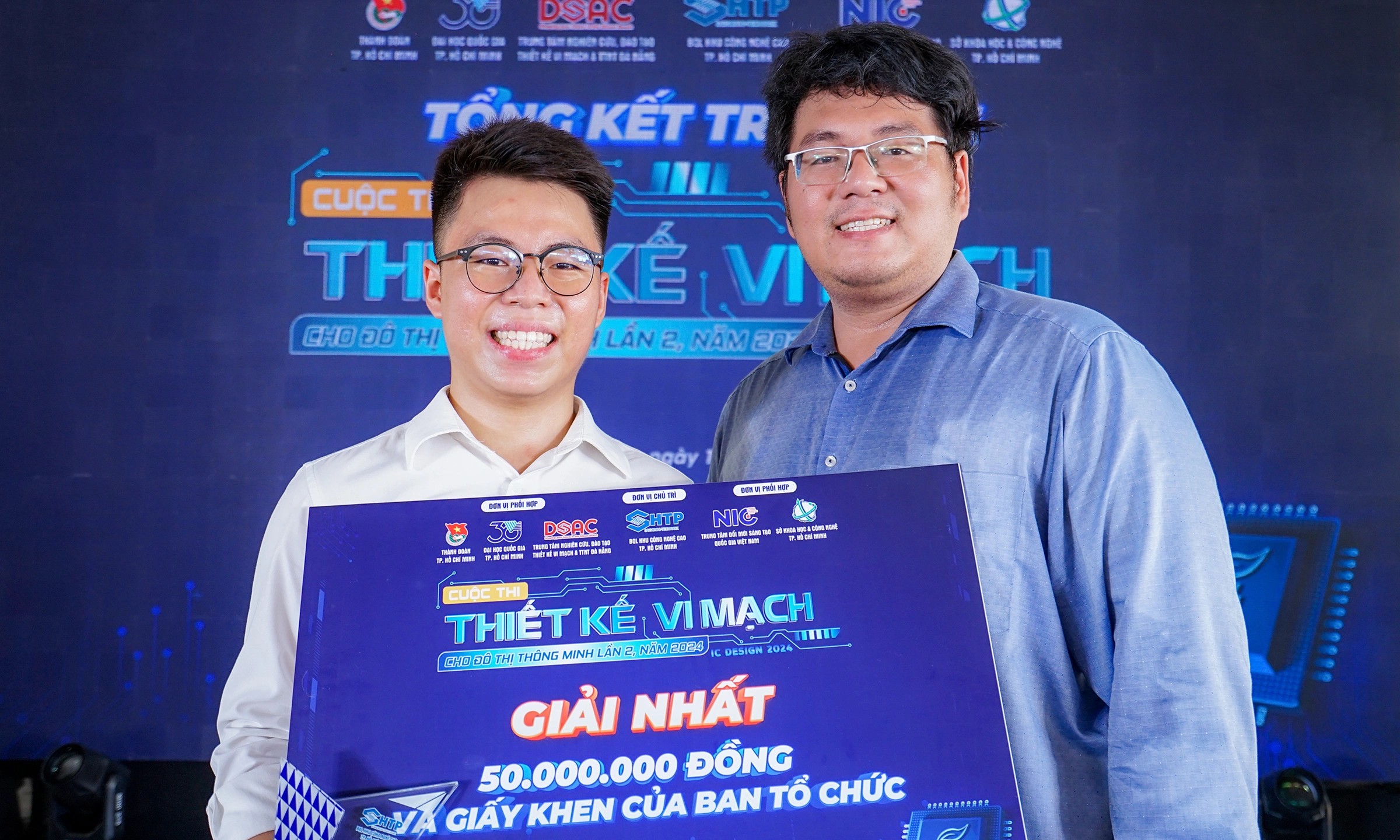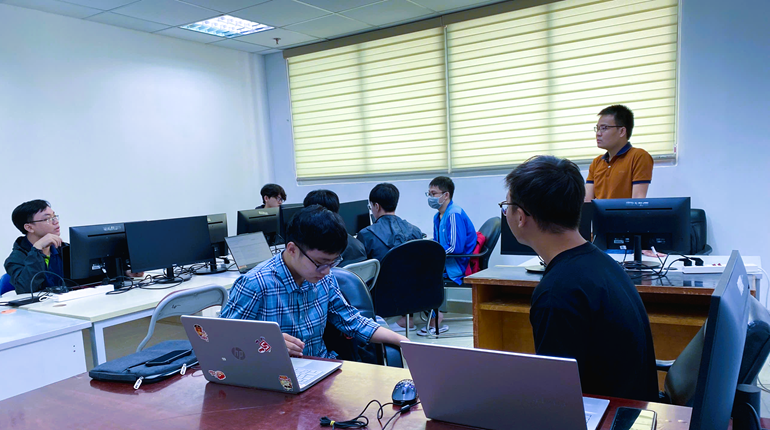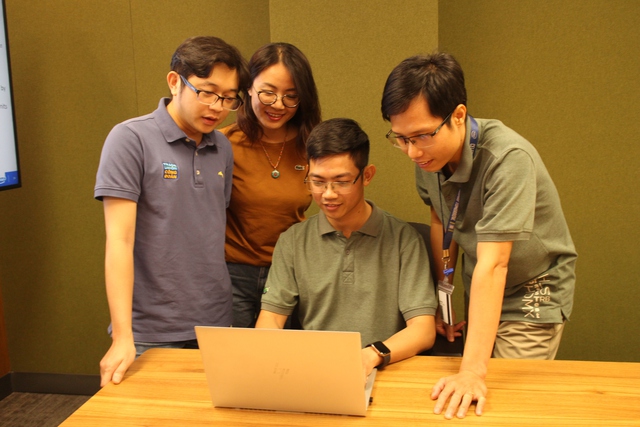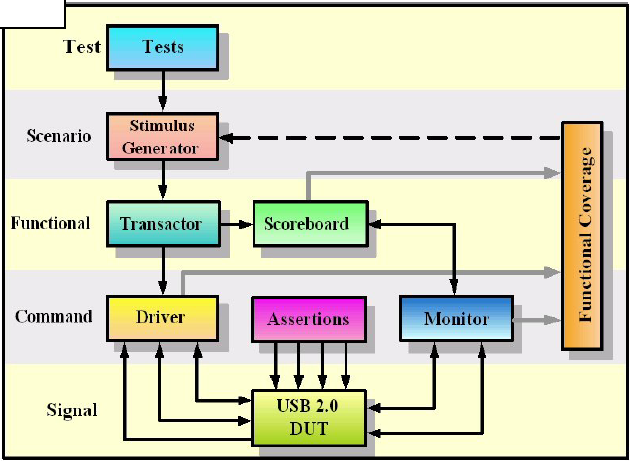
sys.any
This event is a special event that defines the finest granularity of time. The occurrence of any event in the system causes an occurrence of the any event at the same tick. In stand-alone e program operation (that is, with no simulator attached), the sys.any event is the only one that occurs automatically. It typically is used as the clock for stand-alone operation.
| Below example is for defining clock when RTL is not present and one needs to build a standalone e code. |
1 <'
2 extend sys {
3 event clk is cycle @sys.any;
4 };
5 '>
sys.tick_start
This event is provided mainly for visualizing and debugging the program flow.
sys.tick_end
This event is provided mainly for visualizing and debugging the program flow. It also can be used to provide visibility into changes of values that are computed during the tick, such as the values of coverage items.
session.start_of_test
| The first action the predefined run() method executes is to emit the session.start_of_test event. This event is typically used to anchor temporal expressions to the beginning of a test. |
1 <'
2 extend sys { 3 event clk is cycle @sys.any;
4 event watchdog is {@session.start_of_test; [100]}@clk; 5 on watchdog { 6 out("Watchdog triggered"); 7 stop_run();
8 };
9 };
10 '>
session.end_of_test
This event is typically used to sample data at the end of the test. This event cannot be used in temporal expressions, as it is emitted after evaluation of temporal expression has been stopped. The on session. end_of_test struct member is typically used to prepare the data sampled at the end of the test. struct.quit
This only exists in structs that contain temporal members (events, on, expect, or TCMs). It is emitted when the struct's quit() method is called, to signal the end of time for the struct.
The first action executed during the check test phase is to emit the quit event for each struct that contains it. This event can be used to cause the evaluation of temporal expressions that contain the eventually temporal operator (and check for eventually temporal expressions that have not been satisfied).
sys.new_time
This event is emitted on every sys.any event in stand-alone operation (no simulator). When a simulator is being used, this event is emitted whenever a callback occurs and the attached simulator's time has changed since the previous callback.
Bạn Có Đam Mê Với Vi Mạch hay Nhúng - Bạn Muốn Trau Dồi Thêm Kĩ Năng
Mong Muốn Có Thêm Cơ Hội Trong Công Việc
Và Trở Thành Một Người Có Giá Trị Hơn
Bạn Chưa Biết Phương Thức Nào Nhanh Chóng Để Đạt Được Chúng
Hãy Để Chúng Tôi Hỗ Trợ Cho Bạn. SEMICON


















